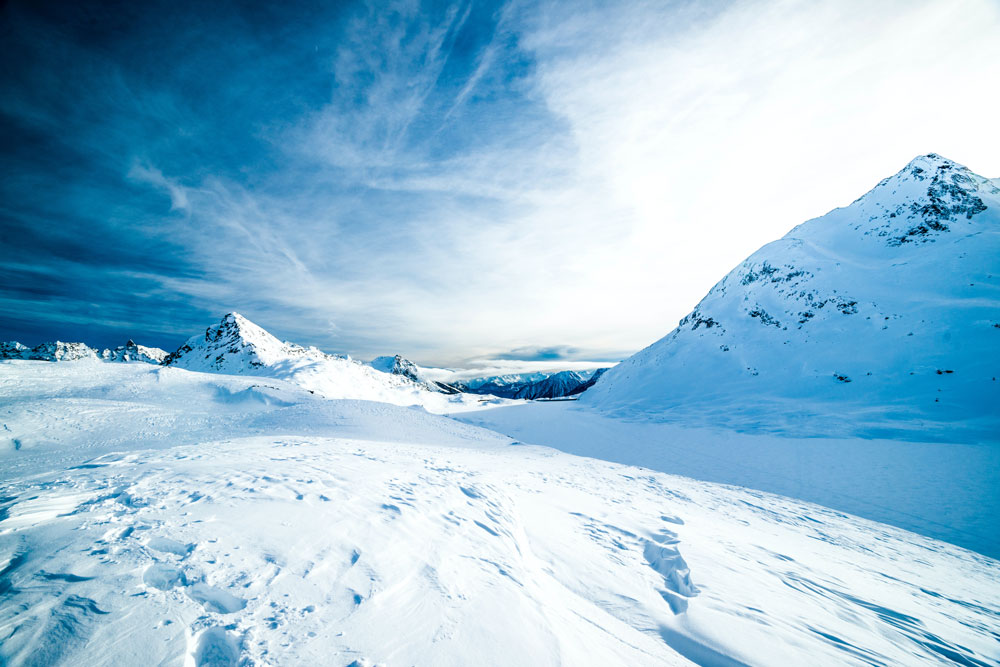
The Yukon Snow Survey Bulletin and Water Supply Forecast for April 1 have been made available by the Government of Yukon Water Resources Branch. The snow survey revealed that the central and northern regions of the territory have snowpack levels that are higher than average, while the southern and eastern regions of the territory have snowpack levels that are close to average.
In contrast to the previous two years, the snowpack is much closer to normal, even though some parts of the territory have snowpacks that are higher than average. In almost every basin, it is also lower than the snowpack in 2020.
The Alsek, Teslin, Liard, Stewart, and Pelly Rivers’ basin-wide snow water equivalents are estimated to be close to average, while the Upper Yukon Basin rose slightly above average. The Alsek bowl is assessed to be sub optimal. The Central Yukon, Lower Yukon (Dawson area), White, Porcupine, and Peel basins all have snowpack levels that are higher than average. The lower White and adjacent Lower Yukon basins have the highest concentration of high snowpack.
Many systems have baseflow records or very close to them, indicating well above average groundwater levels in many parts of the territory. This, along with a snowpack that is higher than average, will result in freshet volumes in Yukon lakes and rivers that are higher than average this spring. In many places, peak water levels may even be higher than average. High groundwater levels joined with better than expected snowpack additionally expands the gamble of slant disappointments and restricted overflow flooding in low-lying regions.
The snow survey indicates that the majority of the territory will experience average to slightly above average flood risk during spring breakup and spring freshen. Regions with better than expected flood potential incorporate the focal and lower Yukon Waterway bowls and less significantly the Strip and Porcupine Stream bowls. In any case, the raised gamble is generally in little to medium-sized waterways with lower risk on bigger streams, including the Yukon Stream.
During the spring breakup and snowmelt period, a high snowpack is one of several risk factors that influence the potential for flooding. Regardless of snowpack levels, spring weather, the timing and progression of snowmelt, and spring precipitation events are also important drivers of flooding.
